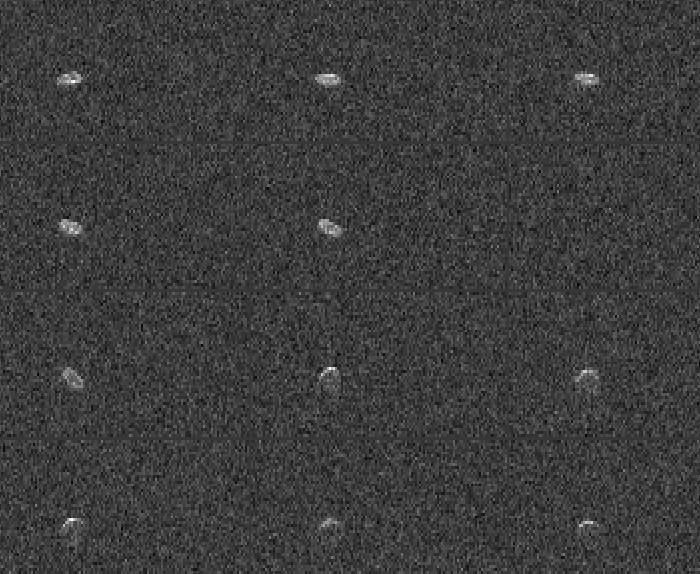Discovered by C. Hoffmeister MPC designation 4183 Cuno Discovered 5 June 1959 Orbits Sun | Discovery date 5 June 1959 Observation arc 57.47 yr (20,992 days) Aphelion 3.24 m | |
 | ||
Alternative names 1959 LM · 1986 VT71987 MB Similar Sun, 2201 Oljato, 69230 Hermes, 3362 Khufu, 1685 Toro | ||
Asteroide 4183 cuno avi
4183 Cuno, provisional designation 1959 LM, is an eccentric, rare-type asteroid, classified as near-Earth object and potentially hazardous asteroid. It belongs to the group of Apollo asteroids and measures approximately 5 kilometers in diameter. It was discovered by German astronomer Cuno Hoffmeister at Boyden Observatory in Bloemfontein, South Africa, on 5 June 1959.
The asteroid orbits the Sun at a distance of 0.7–3.2 AU once every 2 years and 9 months (1,019 days). Its orbit has an eccentricity of 0.63 and an inclination of 7° with respect to the ecliptic. As an anomaly, the asteroid's observation arc begins with the first used observation made at Palomar Observatory in 1986, or 27 years after its discovery. It is also a Mars- and Venus-crosser. The asteroid has an Earth minimum orbital intersection distance of 0.0285 AU (4,260,000 km) and approaches the Earth to within 40 million kilometers six times in the 21st century. On 20 May 2012, it made its closest Earth approach at a distance of 0.122 AU (18,000,000 km). It will not make a closer approach until 2093 when it will pass Earth at 0.084 AU (13,000,000 km).
The stony S-type asteroid, with its reflective surface composed of a mixture different silicates, nickel and iron, is also classified as a rare Q-type asteroid by the NASA IRTF telescope, the 1-meter JKT on La Palma, and Pan-STARRS' large-scale magnitude survey. On the SMASS taxonomic scheme, it is a Sq-subtype, a transitional group between the S and Q types.
Several photometric light-curve analysis gave a rotation period of 3.56 hours with a high brightness amplitude between 0.47 and 0.83 in magnitude, indicating that the body has a non-spheroidal shape. In December 2000, Cuno was analysed by radar to determine its shape. The resultant images are lacking in detail, but indicate a rough sphere with some kind of concave depression 1–2 km in diameter.
Following the space-based surveys carried out by NASA's Spitzer Space Telescope and the NEOWISE mission of the Wide-field Infrared Survey Explorer, the asteroid has an albedo of 0.10 to 0.11, with a diameter between 2.9 and 5.6 kilometers, while the Collaborative Asteroid Lightcurve Link assumes a standard albedo for the stony asteroid of 0.20 and calculates a diameter of 3.9 kilometer, as the higher the body's albedo (reflectivity), the lower its diameter, for a given absolute magnitude (brightness).
The minor planet was named after its discoverer, Cuno Hoffmeister, according to the established practice to name near-Earth asteroids with a four-letter masculine name. The outer main-belt asteroid 1726 Hoffmeister is also named after the discoverer. Naming citation was published on 28 May 1991 (M.P.C. 18307).
